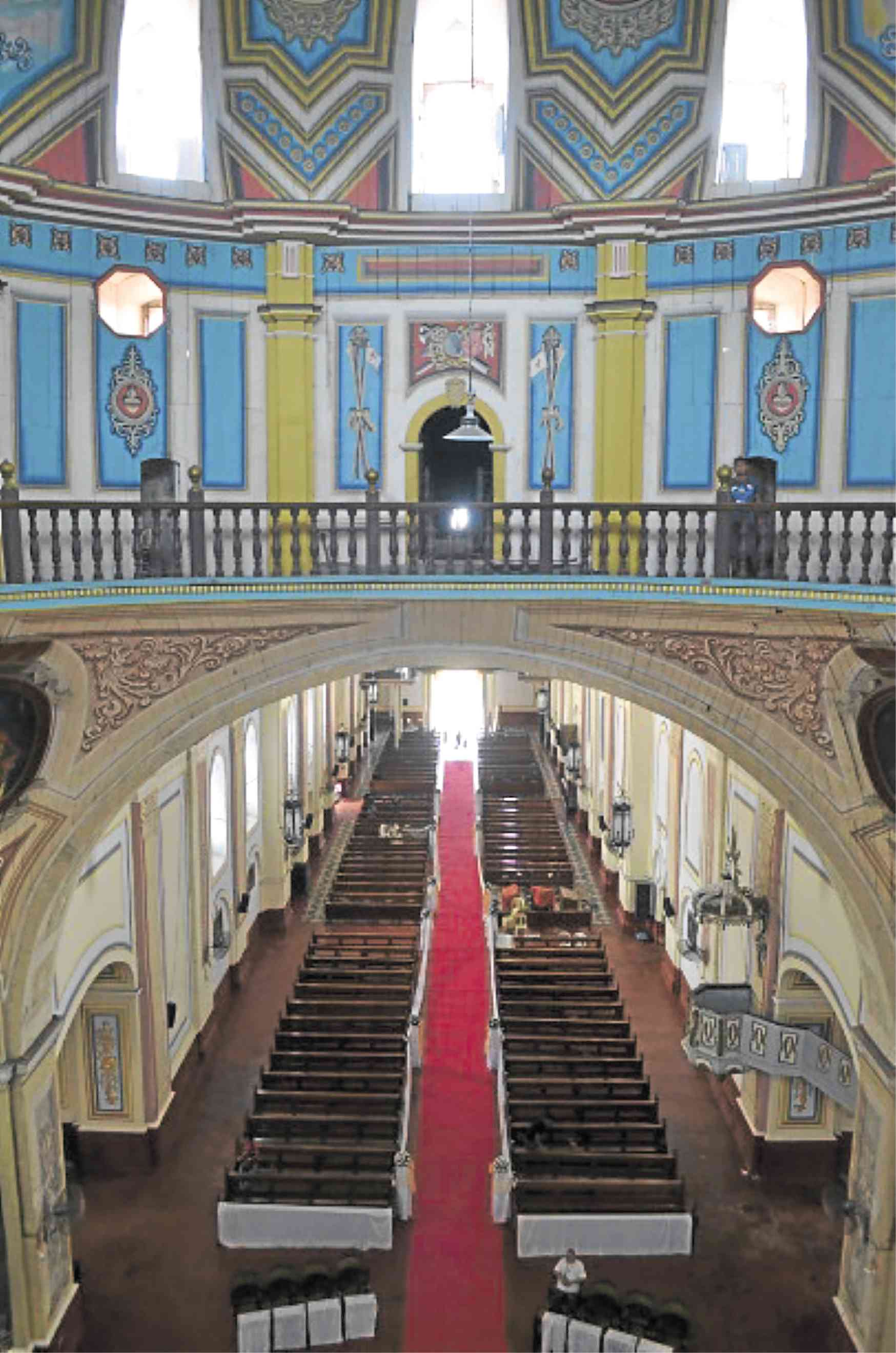
Mayohan fiesta of Tayabas recently marked its 30th anniversary with a plethora of events celebrating the vibrant culture and agricultural heritage of the ancient Quezon city.
Activities included traditional games, trade fair, a parade of welcome arches made of light materials called baliskog, and a suman cooking contest.
Houses were adorned with agricultural products collectively called pa’yas, akin to Lucban’s “Pahiyas.”
A folk dance competition was held; elementary school pupils took part.
The competition closed the two-week long festival. It was organized by the Oplan Sagip Tulay office, a group that advocates the protection and preservation of built heritage properties of Tayabas along with intangible heritage.
Contest was won by the Tayabas West Elementary School.
Also mounted was the “Rikit sa Guhit: Kulay Kapag Pikit” art exhibit at the Obien Gallery, featuring works by guest artists from neighboring Lucban town.
Tayabas
The heritage-rich city of Tayabas was the capital town of Tayabas, later Quezon province, from 1749 to 1901.
It is home to the 19th century San Miguel de Arcangel Minor Basilica, a declared National Cultural Treasure (NCT), and at least 20 Spanish colonial bridges, 12 of which have likewise been declared NCTs.
The city also has three existing old capillas—Angustia and the mortuary chapels of the Camposanto para los Indios and San Roque.
The reconstructed Casa Comunidad is a National Historical Landmark.
Tayabas also has scenic rice terraces in Barangay Dapdap.
Tayabas is also famous for its ancient stone crosses, which were part of its “awitan” tradition, a liturgical ritual performed by women every May that reenacts the finding of the true cross by Santa Elena.–CONTRIBUTED